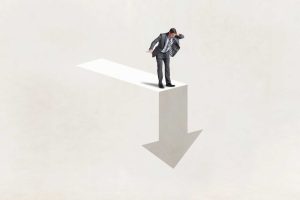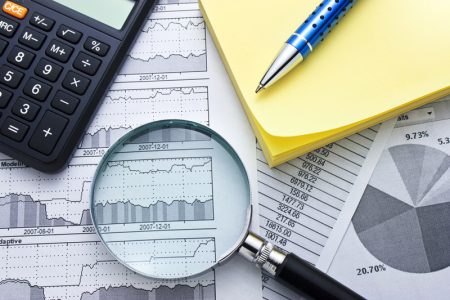The numbers: The leading indicators of the U.S. economy fell in December for the 21st month in a row, but a widely predicted recession still appears no closer than when the long losing streak first began.
The leading index slid 0.1% last month. It’s the smallest decline since the stretch of negative readings first started in March 2022.
Economists polled by The Wall Street Journal had forecast a 0.3% drop.
Key details: Six of the 10 indicators in the survey were positive in December, a big improvement compared to prior months.
The two other times the index was negative for longer — 1973-1975 and 2007-2009 — a recession took place. Yet the economy has not followed the usual patterns since the 2020 pandemic.
The leading index is a gauge designed to show whether the economy is getting better or worse. The report is published by the nonprofit Conference Board.
Big picture: The economy has continued to expand through a period of high inflation and rising interest rates orchestrated by the Federal Reserve to get prices back under control.
The U.S. grew at a rapid 4.9% annual pace in the third quarter and gross domestic product is estimated to have expanded by almost 2% in the recently ended fourth quarter.
Economists are split on whether a recession is likely, but if the Federal Reserve cuts interest rates this year it could help the U.S. to avert a downturn. Central bank officials have signaled they are probably done raising rates.
Looking ahead: The Conference Board is sticking to its forecast.
“Overall, we expect GDP growth to turn negative in [the second and third quarters] of 2024 but begin to recover late in the year,” said Justyna Zabinska-La Monica, senior manager of business cycle indicators.
Market reaction: The Dow Jones Industrial Average
DJIA
and S&P 500
SPX
rose in Monday trading.
Read the full article here














